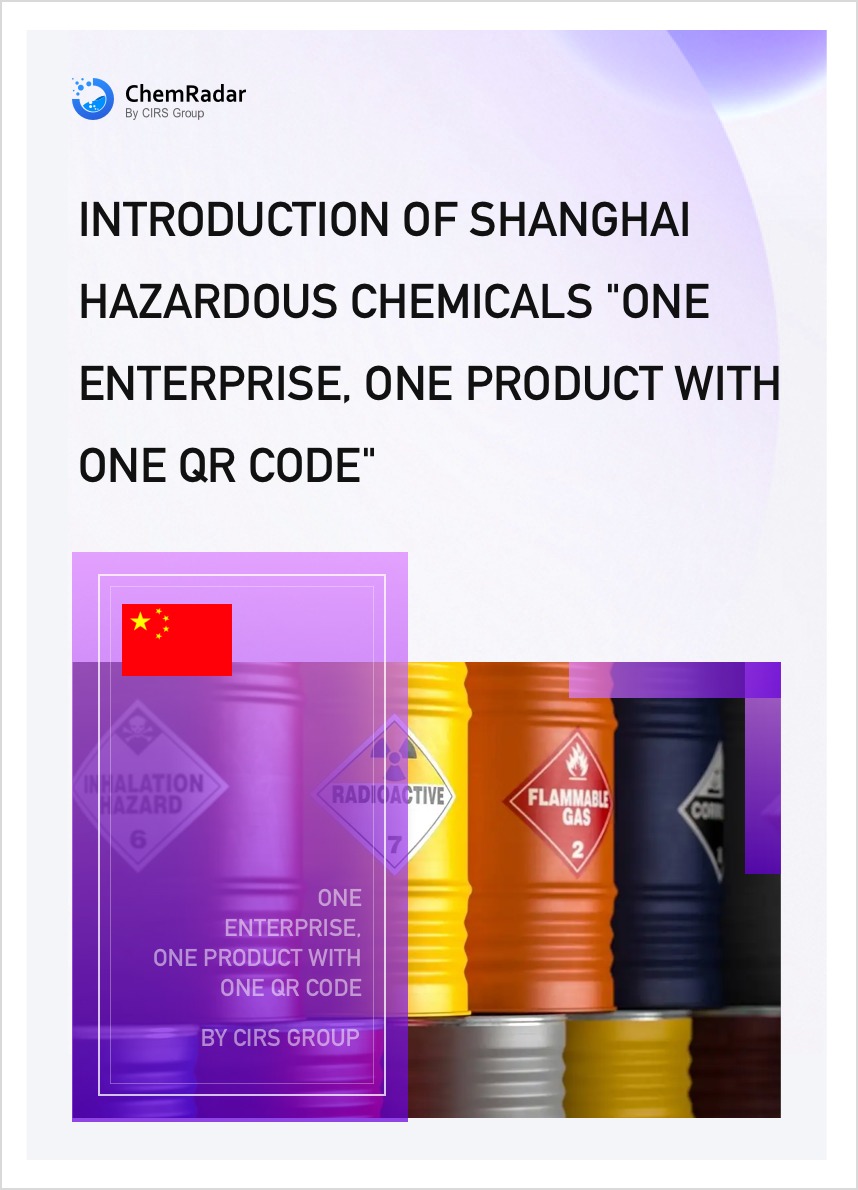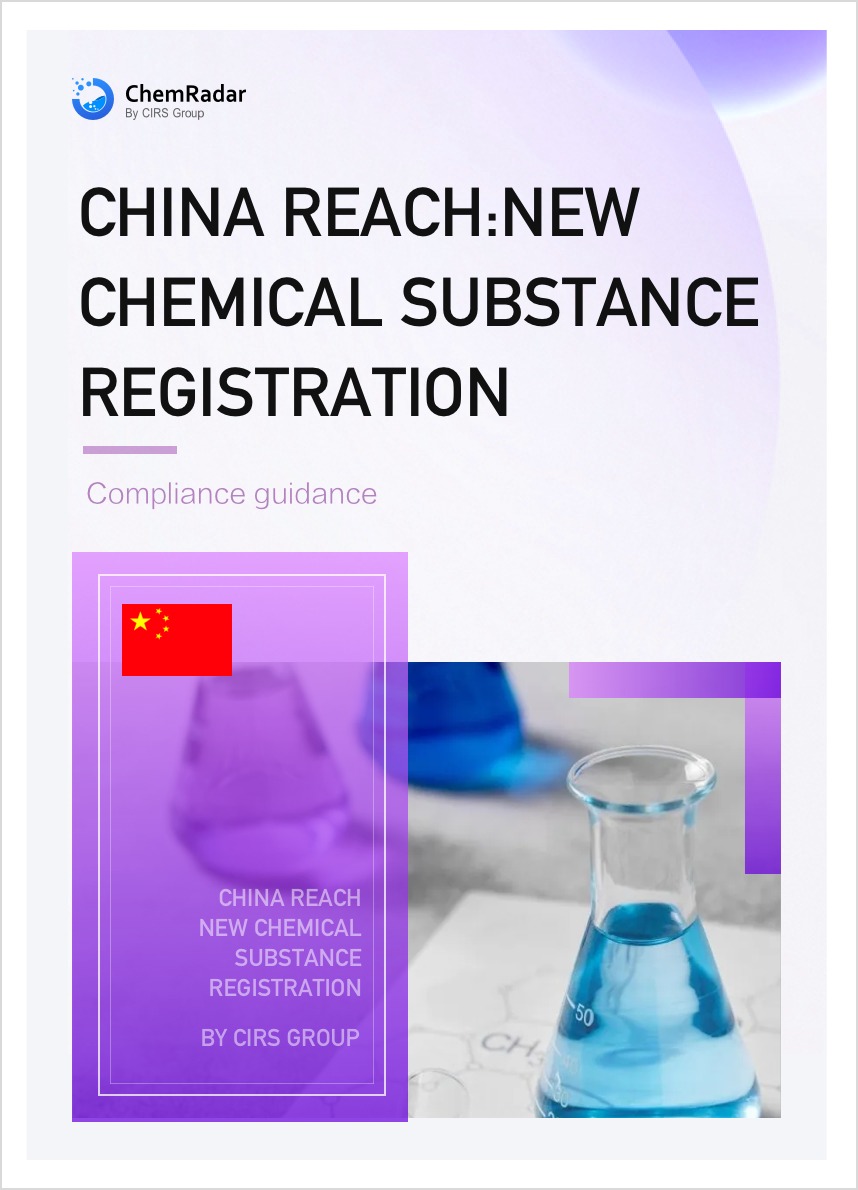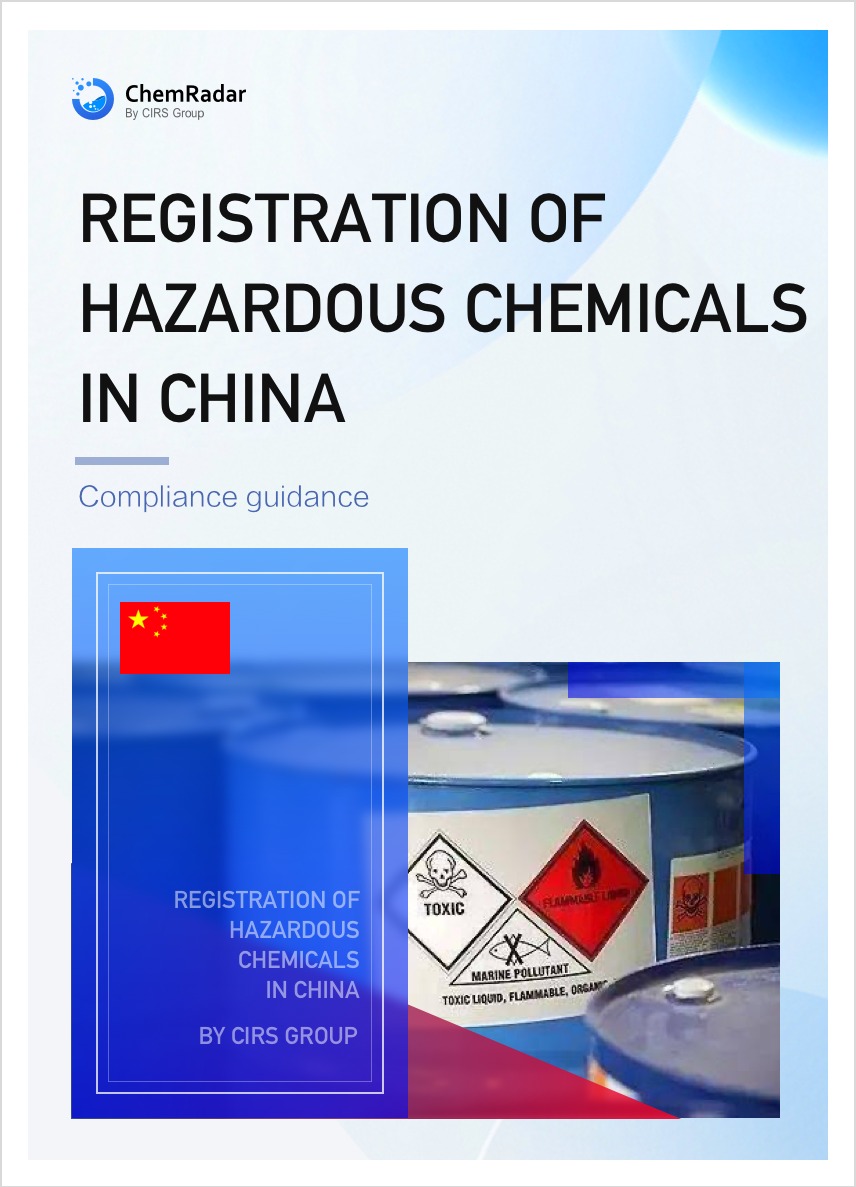Recently, the National Public Service Platform for Standard Information officially published the full text of GB 30000.30-2025 Specification for Classification and Labelling of Chemicals - Part 30: Desensitized Explosives. This standard will come into effect on July 1, 2026, marking a significant step in China's deep alignment with international standards in the field of chemical hazard classification.
Background and Positioning of the Standard
The document strictly adheres to GB/T 1.1-2020 Directives for standardization—Part 1:Rules for the structure and drafting of standardizing documents. As Part 30 of the GB 30000 series standards, it provides unified technical specifications for the classification determination of desensitized explosives, laying the groundwork for China's chemical hazard information disclosure system.
It pursues a dual objective: promoting the implementation of the United Nations' Globally Harmonized System of Classification and Labelling of Chemicals (GHS) in China, and strengthening the protection of people's lives, property, and the ecological environment.
Technically Aligned with International Standards
Clear Definition: Desensitized explosives are solid or liquid explosive substances or mixtures that have undergone desensitization treatment to suppress their explosive properties. They do not mass explode and do not burn rapidly. They are not classified under the Explosives hazard class. This includes solid desensitized explosives and liquid desensitized explosives.
This document specifies the classification, determination logic, and labelling for desensitized explosives. It applies to the classification and labelling of desensitized explosives according to the UN GHS (10th Revised Edition).
Classification Criteria
An explosive substance treated to be desensitized shall be classified as a desensitized explosive if its exothermic decomposition energy in the desensitized state is not less than 300 J/g and it meets all the following conditions:
It does not exhibit practical explosion or pyrotechnic effects.
It does not present a mass explosion hazard according to Test 6(a) or 6(b) of GB/T 14372-2024. Furthermore, the results for both Test Series 3 and Test Series 2 of GB/T 14372-2024 are negative.
It does not present a mass explosion hazard, and its corrected burning rate (Ac) according to the burning rate test in GB/T 14372-2024 is not greater than 1200 kg/min.
For nitrocellulose, its stability shall be determined according to GB/T 44184. Stable nitrocellulose is classified as a desensitized explosive.
Four-Level Classification System
After packaging according to supply and use requirements, desensitized explosives are classified into four hazard categories based on their corrected burning rate (Ac) determined by the burning rate test in GB/T 14372-2024.
Table 1: Desensitized Explosives Hazard Categories
|
Category |
Corrected Burning Rate (Ac) kg/min |
|
1 |
300 ≤ Ac ≤ 1200 |
|
2 |
140 ≤ Ac < 300 |
|
3 |
60 ≤ Ac < 140 |
|
4 |
Ac < 60 |
Labelling Specifications
Label information must include the pictogram, signal word, hazard statements, precautionary statements, product identifier, and supplier identifier.Other label elements not yet standardized, such as precautionary statements, must also be included on the label. Regulatory authorities may require additional information, and suppliers may add supplementary information.
Global Regulatory Alignment Status
In addition to Mainland China, the adoption status of desensitized explosives classification in other countries and regions is as follows:
- Chinese Taipei: On April 25, 2025, Chinese Taipei published the revised Classification and Labelling of Chemicals - General Principles (CNS 15030:2025), replacing the previous CNS 15030:2015 version. This fully implements UN GHS Rev. 8. The update introduced classification for desensitized explosives, with the corresponding standard being Classification and Labelling of Chemicals - Desensitized Explosives (CNS 15030-29:2025).
- EU: Adopted 4 sub-categories of desensitized explosives via the CLP Regulation (Classification, Labelling and Packaging).
- USA: On May 20, 2024, the US revised the Hazard Communication Standard (HCS), adding desensitized explosives classification with sub-categories 1-4.
- Japan: Published the updated JIS Z 7252:2019 on May 27, 2019. This update added desensitized explosives to the Japanese GHS classification.
- Brazil: Following the official implementation of ABNT NBR 14725:2023 on July 4 this year, desensitized explosives are classified into four sub-categories based on the corrected burning rate (Ac) from the UN Manual of Tests and Criteria.
- Singapore: Officially released revised versions of SS 586, Specification for Hazard Communication for Hazardous Chemicals and Dangerous Goods, on February 6, 2023, including SS 586-2:2022 and SS 586-3:2022, introducing "Desensitized Explosives" as a new physical hazard class.
- Australia: Since January 1, 2023, hazardous chemicals in Australia must be classified using GHS Rev. 7, which added desensitized explosives classification with sub-categories 1-4.
- Canada: Not adopted.
- Korea: Not adopted.
- Thailand: Not adopted.
Significance of Standard Implementation
The technical content of this standard fully aligns with the UN GHS 10th Revised Edition and applies to all desensitized explosives classified under the GHS system. By establishing a scientific determination system and standardized hazard information disclosure, it will significantly enhance China's capability for whole-life-cycle chemical safety management. It provides clear technical guidance for related industries while strengthening the protection of public health and the ecological environment.
Further Information



